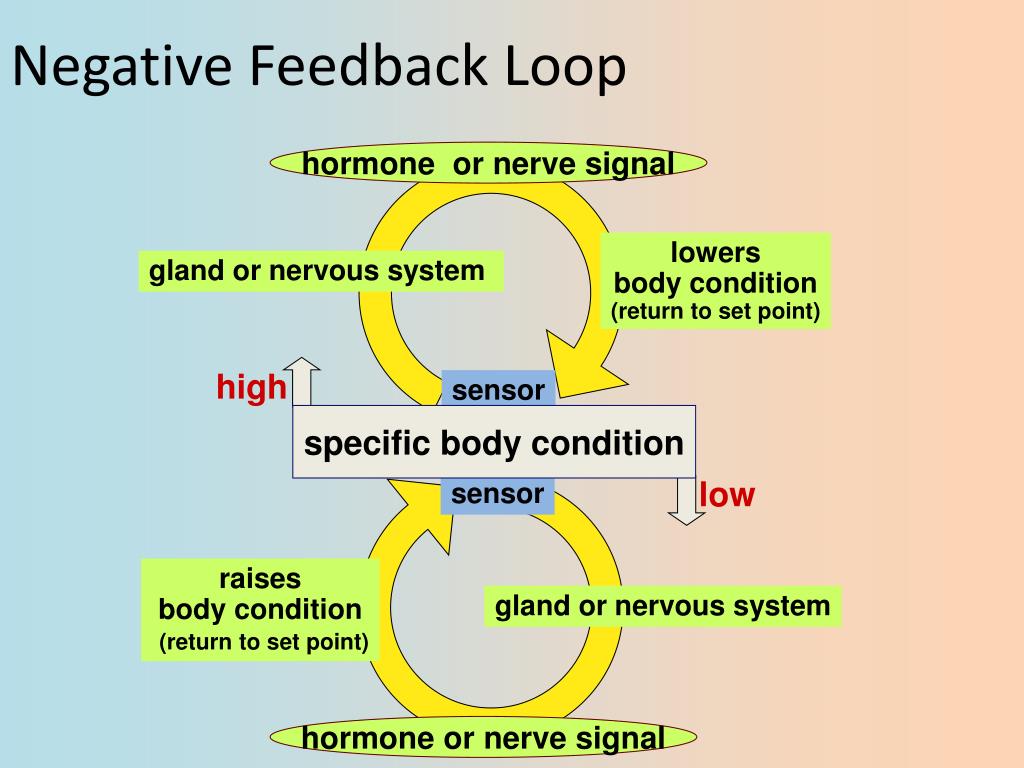

Sine Mora was a challenging game that truly rewarded those that mastered it and punished those that didn't. However, not all punishment mechanics can lead to the player failing, which depends on their impact on the game. Now, negative feedback can also be considered punishment mechanics: mechanics that are meant to punish the player for messing up. If the player wasn't properly prepared they would be in a lot of trouble as it began to take out the player's resources. We saw a similar effect in A Valley Without Wind 2 in the form of the big-bad who after a select number of turns, came out onto the field to wreck havoc. The use of hunger in Shiren acts as a countdown for the player and was a great way to focus their attention. In this case the mechanic was designed to keep the player going and force them to weigh the decision of continuing to search levels, or move on and hope for the best. Every few turns the player's fullness would drop down and when it hit 0 the player would start losing health. The rogue-like series: Shiren The Wanderer had a negative feedback mechanic in the form of hunger. Also, due to the randomness of rogue-like design, the player never knows if they will find something to turn things around. In these types of games, the playtime of a run is short enough that the player won't lose a huge amount of time due to punishing mechanics. Some examples would be enemies that could damage or destroy the player's equipment, picking up a "cursed" item and so on. To facilitate that, many rogue-likes have enemies or situations that would make the game harder if not impossible to win. The thrill behind rogue-likes is testing yourself to see how far you can go on a single run most of the time you are not going to see the end of the game but instead die in any number of ways. With early game design, negative feedback wasn't meant to add anything to the game, but instead made it harder for the player to continue playing.Īs game design evolved, titles built around rogue-like design would use negative feed back mechanics, but with a different application. The phrase: "The rich get richer and the poor get poorer" can be applied to the concept of negative feedback design. Like most arcade games at the time, players could spend life to activate special moves, but were better off using regular attacks. Expert players realized this and instead relied on simple attacks like jump kicks to fight through waves of enemies. However, these moves always cost the player health and in a game with no way to recoup lives (outside of spending more money) and rare health items, the player would more often than not leave themselves in a worse position by using them. In these games the player could press a combination of buttons to unleash a special move that probably did a little more damage compared to their regular attacks. Beat-em-ups featured an actual mechanic in the form of energy draining attacks. Two major examples of genres were Beat-em-ups and Shoot-em-ups. Their use was designed around adhering to the same metrics of requiring the player to consistently put in quarters in order for the machine to turn a profit. The use of negative feedback originated in the arcade as mechanics designed to make the player weaker or increase the chance of losing another life.


 0 kommentar(er)
0 kommentar(er)
